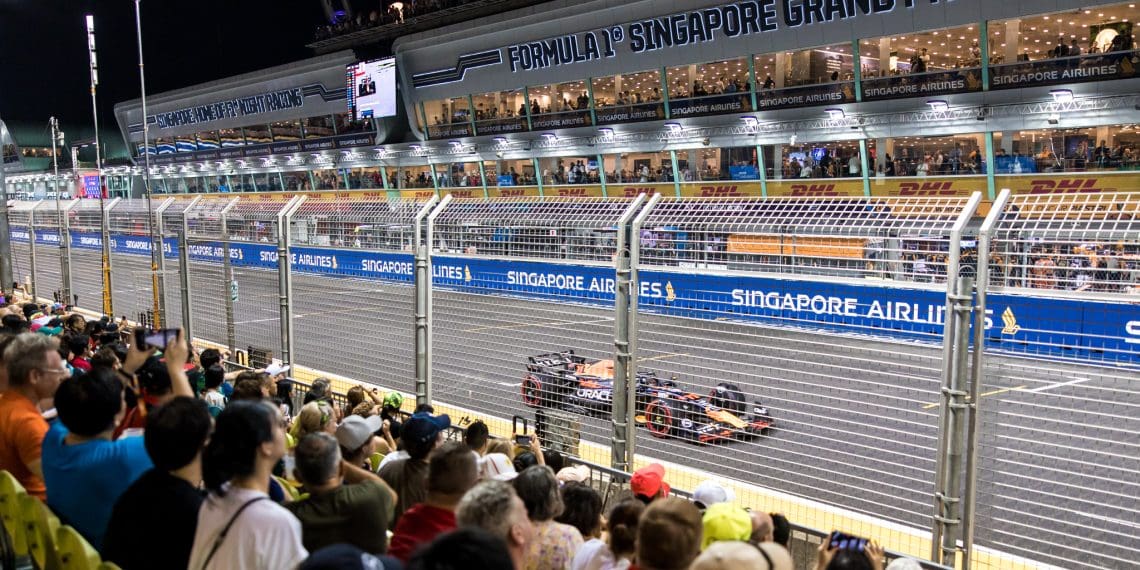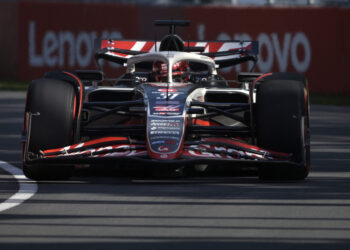In a shock move aimed at shaking up the notoriously tough-to-pass Marina Bay circuit, the FIA has introduced a fourth DRS zone for the 2024 Singapore Grand Prix. The bold decision is set to raise the stakes as Formula 1 heads into one of the most physically demanding races of the season. This change comes as F1’s governing body continues to battle with the Singapore GP’s longstanding reputation for being a near-impossible overtaking track, where narrow streets and minimal straights have made passing a rare sight since its debut in 2008.
For years, teams and drivers have wrestled with the tight confines of Marina Bay, with overtaking opportunities almost non-existent outside of pit stops and race strategy. Last year, there were rumblings within the paddock about adding another DRS zone to the revised track layout, but those hopes were dashed when the FIA admitted there was “no clear consensus” on the matter. Fast forward to 2024, and the FIA has finally acted, introducing a brand-new DRS activation point between Turns 14 and 16.
The addition of this fourth DRS zone could dramatically alter the race dynamic, giving drivers two back-to-back opportunities to open their rear wings and unleash the extra speed necessary to make those critical overtakes. The third zone, which has existed between Turns 13 and 14, remains in place, meaning drivers will now have an unprecedented opportunity to attack rivals in quick succession.
For fans and teams alike, this move couldn’t come at a more critical time. McLaren, riding high after stealing the Constructors’ Championship lead from Red Bull, are aiming to secure their second-ever victory in Singapore. With the extra DRS zone now in play, the question looms: Will this be the game-changer that transforms Singapore from an overtaking nightmare into one of the most thrilling circuits on the calendar?
Whether this radical change will deliver the excitement the FIA is banking on remains to be seen. But one thing’s for sure: the 2024 Singapore Grand Prix just got a whole lot more interesting.










